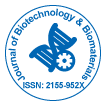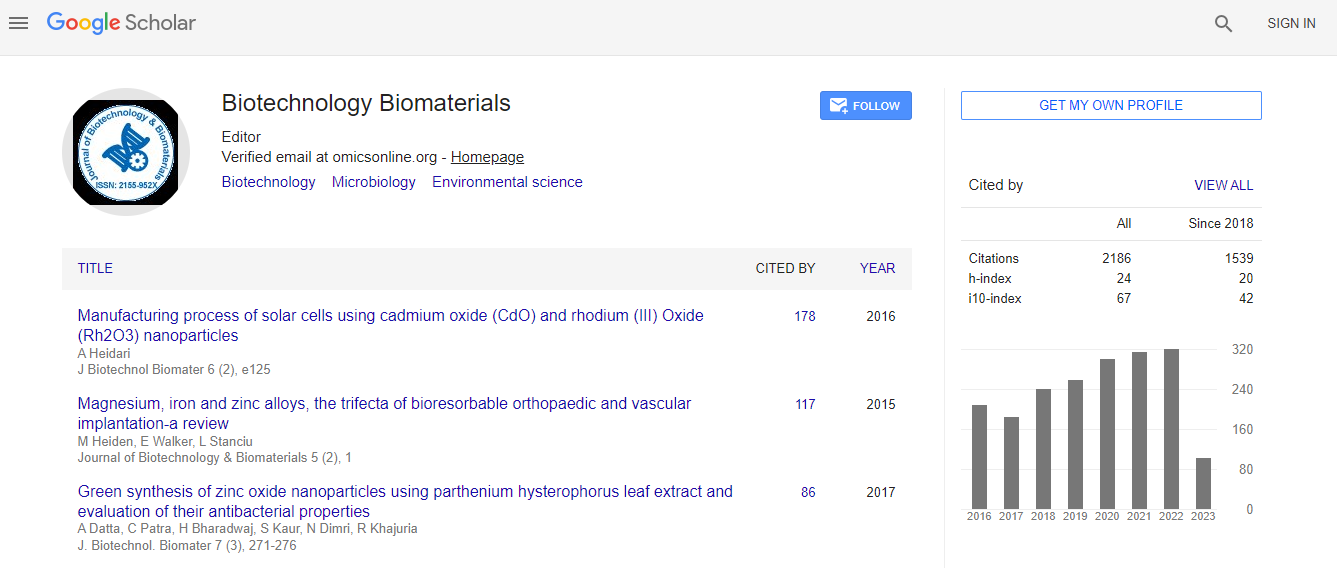Research Article
CAD-CAM Ceramic Crown Retention of Resin Cements
Kojic DD*, Singhal S and Shah SUniversity of Alabama at Birmingham, Birmingham, AL, USA
- Corresponding Author:
- Kojic DD
University of Alabama at Birmingham
Birmingham, AL, USA
Tel: +1205-934-4011
E-mail: darko@uab.edu
Received date: February 07, 2014; Accepted date: April 27, 2014; Published date: May 05, 2014
Citation: Kojic DD, Singhal S, Shah S (2014) CAD-CAM Ceramic Crown Retention of Resin Cements. J Biotechnol Biomater 4:164. doi:10.4172/2155-952X.1000164
Copyright: © 2014 Kojic DD, et al. This is an open-access article distributed under the terms of the Creative Commons Attribution License, which permits unrestricted use, distribution, and reproduction in any medium, provided the original author and source are credited.
Abstract
Objectives: To measure the retention of CAD-CAM e.max (Ivoclar Vivadent) and Lava (3M-ESPE) crowns using three resin luting agents with and without surface priming. Methods: The extracted molars (n=10) were embedded in PVC cylinders with acrylic resin and placed into a lathe to produce a uniform crown preparation (20°taper). Following the orientation groove placement (69L bur), the preparations were scanned using CEREC 3D/Sirona (e.max crowns) and LAVA COS/3M ESPE (LAVA crowns).A CAD-CAM Milling Machine produced the crowns. The preparations were imaged with a digital microscope (Keyence/ VHX-600) at 20X magnification and the surface area of each preparation was calculated. The bonding area was used to calculate the bond strength by dividing the failure load with the bonded surface area. The crowns were cemented using temporary cement (RelyXTempE/3M ESPE), stored (distilled water/37°C/7days), cleaned, sandblasted (Al2O3/50 μ/35 psi/10 sec), primed and cemented. The specimens were stored (distilled water/37°C/24 h) before debonding in tension at a cross-head speed of 5mm/min (INSTRON Model/5565). The data was compared with a 2-way ANOVA and Tukey-Kramer post-hoc test (p=0.05). Results: IPS e.max: Groups bonded with primer produced higher retention compared groups bonded with no primer (p<.05). Zirconia (LAVA). Load Failure: No significant difference (p>0.05) was observed among groups except Brush and Bond/Hyperfil/ (No Primer and Metal Primer), Brush and Bond/(Hyperfil/No Primer and Secure/Metal Primer), Brush and Bond/ (Hyperfil/No Primer and Secure/Primer). Stress: No significant difference (p>0.05) was observed among groups except CandBMetabond/(No Primer; Primer) and Brush and Bond/Hyperfil/No primer, Brush and Bond/Hyperfil/(No Primer and Primer), Brush and Bond/ (Hyperfil and Secure)/(No Primer and Primer) showed significance.

